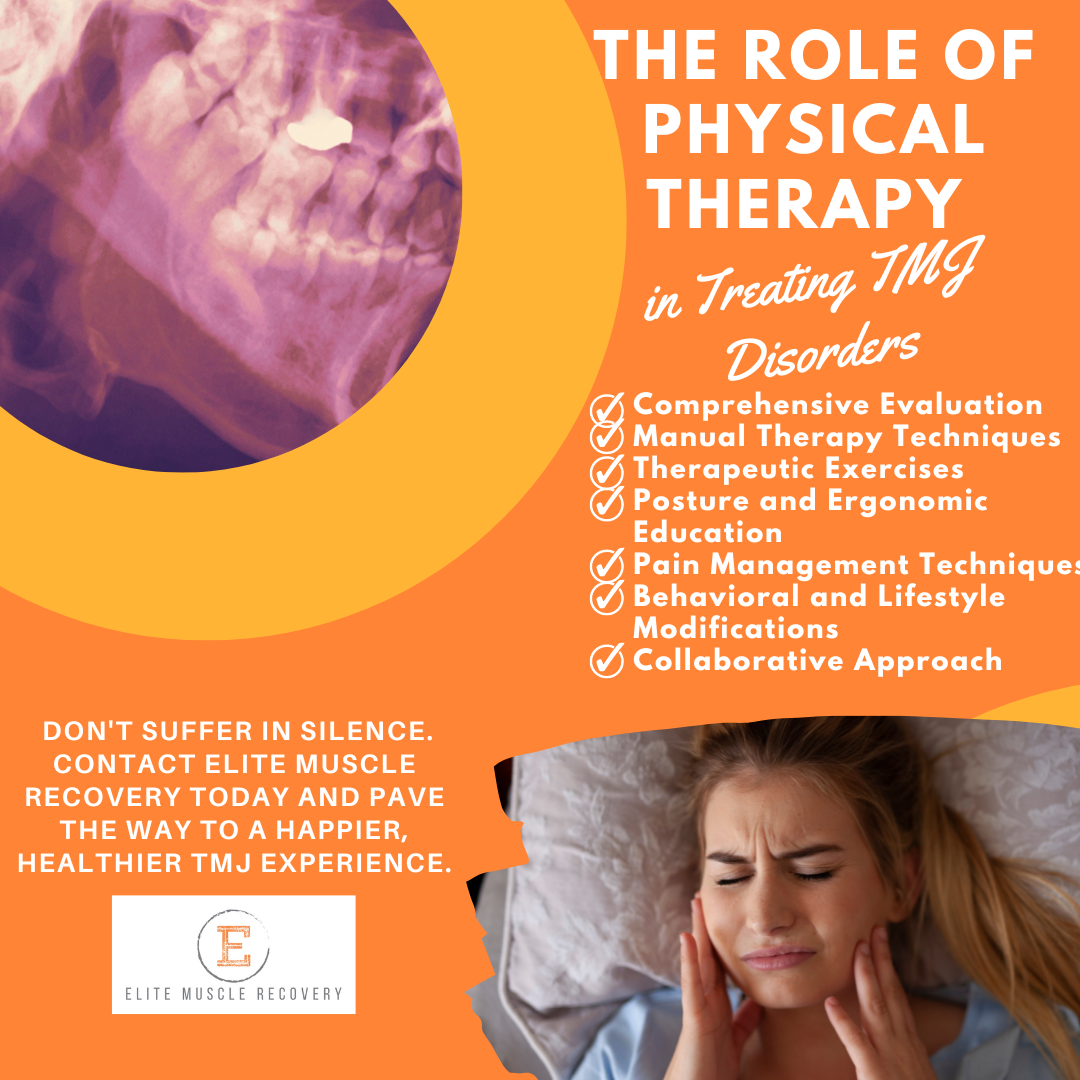Character acting is a much braver pursuit than a guy who runs around and intermittently clenches his jaw muscles.
TMJ disorders affect the temporomandibular joint, which connects the jawbone to the skull. This complex joint is responsible for essential functions like chewing, speaking, and yawning. When problems arise in this joint, they can cause pain, discomfort, and difficulties in daily activities. Physical therapy plays a crucial role in managing and treating TMJ disorders, providing non-invasive and effective solutions for patients.
- Comprehensive Evaluation: A thorough evaluation by a physical therapist with expertise in TMJ disorders is the first step in designing a personalized treatment plan. The evaluation involves assessing the joint’s range of motion, muscle strength, posture, and identifying any contributing factors like stress or poor ergonomics.
- Manual Therapy Techniques: Physical therapists utilize various manual therapy techniques to alleviate TMJ pain and restore normal joint mechanics. These techniques may include joint mobilizations, soft tissue mobilizations, trigger point release, and myofascial release. Manual therapy helps to reduce muscle tension, improve joint mobility, and relieve pain.
- Therapeutic Exercises: Targeted exercises play a vital role in TMJ rehabilitation. Physical therapists prescribe exercises that focus on strengthening the jaw muscles, improving range of motion, and correcting any muscle imbalances. These exercises help to restore normal function and promote long-term stability of the joint.
- Posture and Ergonomic Education: Posture and ergonomics play a significant role in TMJ disorders. Physical therapists educate patients on maintaining proper posture during daily activities, such as sitting, standing, and using electronic devices. Additionally, they provide guidance on ergonomic modifications to minimize stress on the jaw joint.
- Pain Management Techniques: Physical therapists employ various pain management techniques, including heat or cold therapy, electrical stimulation, ultrasound, and TENS (Transcutaneous Electrical Nerve Stimulation). These modalities can help reduce pain, inflammation, and muscle spasms in the TMJ region.
- Behavioral and Lifestyle Modifications: Stress and lifestyle factors can contribute to TMJ disorders. Physical therapists educate patients on stress management techniques, relaxation exercises, and lifestyle modifications to reduce the impact of stress on the jaw joint. They may also provide recommendations for a well-balanced diet that supports joint health.
- Collaborative Approach: Physical therapists work closely with other healthcare professionals, such as dentists, orthodontists, and oral surgeons, to ensure comprehensive care for TMJ disorders. This collaborative approach optimizes treatment outcomes and addresses all aspects of the condition.
Remember, early intervention and consistent adherence to physical therapy programs can lead to improved outcomes in TMJ disorder management. If you or someone you know is experiencing symptoms related to TMJ disorders, don’t hesitate to seek professional guidance from a physical therapist specializing in this area.
Are you suffering from TMJ (Temporomandibular Joint) disorder? Elite Muscle Recovery in Chattanooga offers specialized physical therapy for TMJ to provide relief from pain and improve your jaw function. Don’t let TMJ affect your daily life—contact Elite Muscle Recovery today to schedule a consultation and start your journey towards TMJ pain relief and improved jaw mobility.
🌐 www.elitemusclerecovery.com
☎️ 423-664-8452 ✉️ elitemusclerecovery@gmail.com



